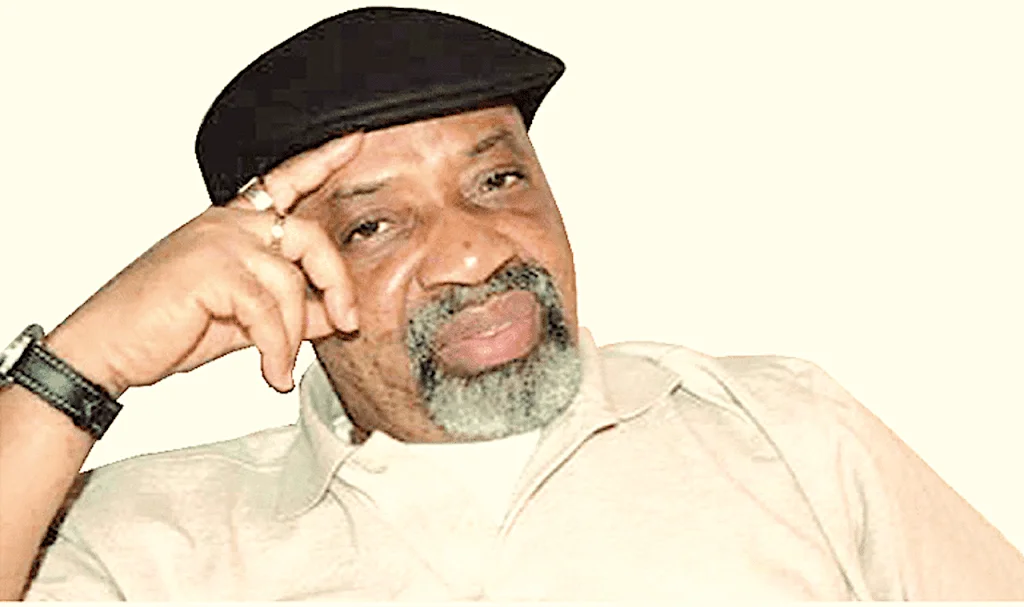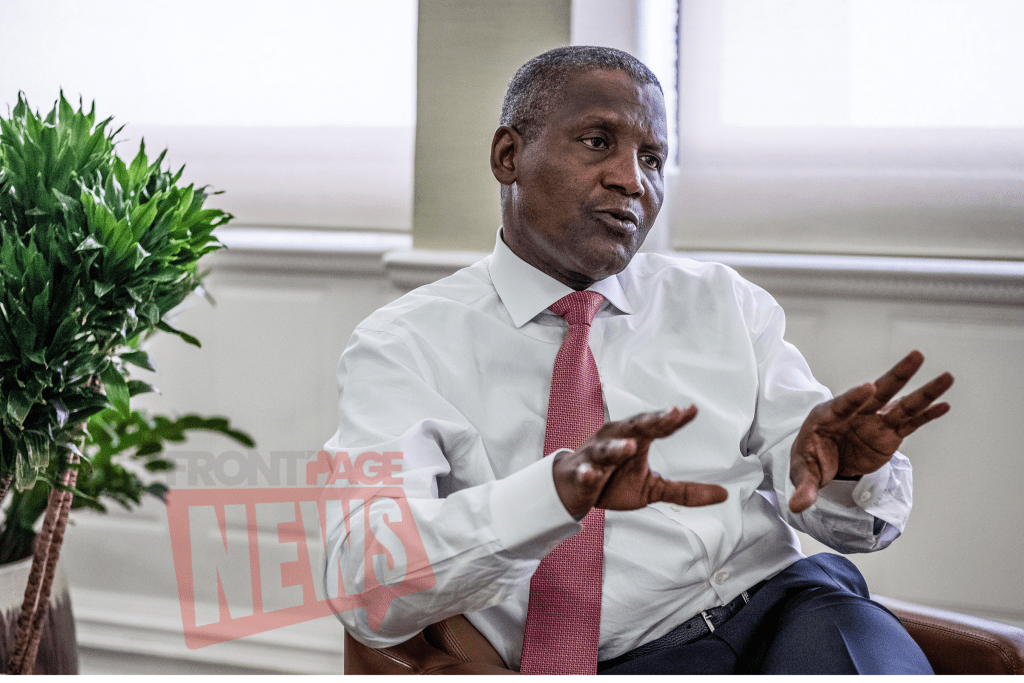Recognizing the early signs of a stroke can be life-saving. As someone who has encountered countless stroke cases—both in person and online—on a weekly basis, I can confirm that strokes often announce themselves through subtle but critical symptoms. The tragedy is that many people ignore these red flags until it’s too late. The body frequently sends out warnings weeks before a stroke occurs, but they are often misunderstood or dismissed.
That is why this information deserves your full attention. It’s not just for you—it’s for your loved ones, especially elderly family members or anyone living with chronic medical conditions. While stroke is more common in older adults, younger people are not exempt. They too face unique risk factors that can increase their susceptibility.
Young Adults Are Not Immune
Although strokes are typically associated with aging, younger individuals are increasingly experiencing them. Conditions such as migraines, autoimmune disorders, and thrombophilia—a tendency for abnormal blood clotting—heighten the risk of stroke in people under 35. Additional conditions like sickle cell anemia and leukemia also play a role. Moreover, women who have used hormonal contraceptives consistently for over two years are at greater risk.
First Red Flag: Nausea and Dizziness
One of the earliest and most overlooked signs is persistent nausea and dizziness. Patients frequently arrive at hospitals saying they’ve felt off-balance or nauseated for weeks. Often, they chalk it up to stress or heat. But if these symptoms can’t be explained by factors like pregnancy, infection, or substance use, they may be warning signs of poor brain circulation—a prelude to stroke.
Second Red Flag: Extreme Fatigue
The next early indicator is unusual, persistent fatigue. While many people complain of tiredness due to workload or lack of sleep, this type of fatigue is different. It’s the kind that lingers even after adequate rest. If this fatigue is paired with frequent or worsening headaches, it may signal a stroke risk.
What About Children?
Although this discussion mainly applies to adults, it’s important to note that some children prone to strokes may have treatable kidney conditions that require medical evaluation.
Third Red Flag: Numbness on One Side
One of the clearest indicators of a looming stroke is numbness or tingling on one side of the body. Adults experiencing this often describe their arm, leg, or face “falling asleep” suddenly. This is typically a sign that a section of the brain is failing due to a blocked or ruptured blood vessel, resulting in poor oxygen delivery.
Fourth Red Flag: Sudden Vision Changes
Experiencing sudden double vision, blurry sight, or trouble focusing with one eye is another serious red flag. These visual disturbances may occur when a cerebral artery is blocked or under pressure, and without timely intervention, they can evolve into a full stroke.
A Natural Support: Beetroot
Incorporating beetroot into your daily diet can help improve circulation and stabilize blood pressure. Beetroot stimulates the production of nitric oxide, which widens blood vessels and boosts oxygen supply to the brain. Rich in over 80 trace minerals, it also supports the nervous system and combats oxidative stress—both of which are vital in stroke prevention.
To prepare a nourishing juice:
-
Blend a few slices of watermelon
-
Add half a raw beetroot
-
Squeeze in the juice of one lemon
-
Mix with one glass of water
This drink not only aids kidney health and detoxification but also improves circulation, reduces inflammation, and brightens your skin.
The Silent Warning: Transient Ischemic Attack (TIA)
One of the strongest predictors of an impending stroke is a mini-stroke, or Transient Ischemic Attack (TIA), which can occur up to 90 days before a full stroke. Signs of a TIA include:
-
Sudden loss of balance
-
Changes in mental alertness
-
Slurred speech or trouble understanding language
-
Unsteady gait, muscle weakness, and difficulty swallowing
These episodes can last a few minutes or hours and may go unnoticed unless the person is paying close attention to their body.
Other Key Symptoms Not to Ignore
Here are more early signs that should never be overlooked:
-
Sudden confusion
-
Trouble speaking or understanding speech
-
Difficulty walking or dizziness
-
Vision loss or double vision in one or both eyes
-
Severe headache without a known cause
-
Numbness or weakness in one leg or on one side of the body
These symptoms can lead to dangerous falls or accidents, especially in older individuals navigating stairs or slippery bathroom floors.
The Urgency of Timely Treatment
A stroke is a medical emergency. Every minute counts. The most effective treatments occur within the first three hours of symptom onset. If you or someone around you shows even one of these signs, do not delay—seek medical help immediately.
Who Is Most at Risk of Stroke?
Individuals with the following conditions have the highest risk:
-
Diabetes
-
Family history of stroke
-
Previous stroke or TIA (personal or family)
-
High blood pressure or cholesterol
-
Chronic inflammatory diseases like HIV/AIDS, lupus, or rheumatoid arthritis
-
Chronic kidney disease
-
Sedentary lifestyle, tobacco use, or heavy alcohol intake
-
Metabolic syndrome, linked to obesity and insulin resistance
-
Obesity, even if deemed “healthy”
-
Sleep disorders, especially obstructive sleep apnea
-
Preeclampsia (in pregnant women)
-
Premature menopause (women only)
Final Thoughts
Strokes are not limited by age, and their early signs can be easy to miss. That’s why it’s crucial to understand these signals, act on them, and encourage those around you to do the same. Being informed and vigilant can mean the difference between life and death—or disability and recovery.
So, don’t wait. Share this vital knowledge with your family and friends. It could save a life.












